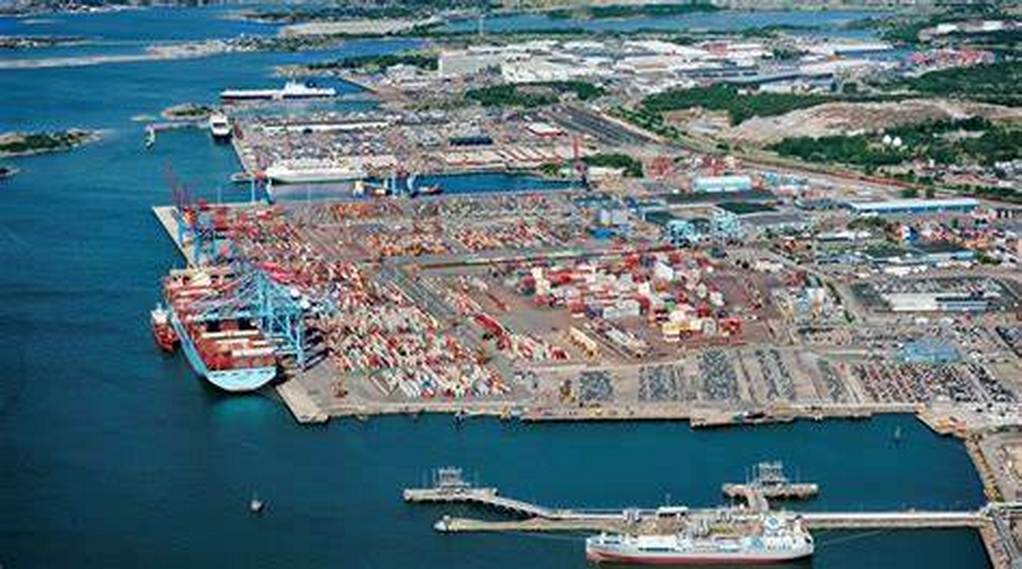By 2030, the Port of Gothenburg has set out an ambitious target to reduce shipping emissions by 70% within the port area.
One key step to reach this goal is to provide a variety of shipping fuels that contribute to bringing down emissions – in the port as well as on a global scale. Many initiatives are taken around the world with net-zero vessels now in the order books.
As this is a general approval for the port, each terminal will do a complementary risk assessment but this is more of a formality when the general guidelines now are in place. For example, the Port of Gothenburg has already handled methanol in the port since 2015 when Stena Line started to bunker Stena Germanica truck to vessel.
The shipping industry needs a variety of fuels in the future, and renewable products like e-methanol are important to achieve net-zero targets. Therefore, the Port of Gothenburg is also making arrangements to set up a value chain with the determination to provide e-methanol in the port by 2024.
Tags: Bunkering Hub, Methanol, Port of gothenburg, Shipping



Recent Posts
Scandlines Nears Delivery of Zero Emissions Ferry Following Successful Sea Trials
India faces emission roadblocks with rising net-zero demands
Green Energy Resources invests in two electric Liebherr LHM 550
NYK Launches Continuous Use of Bio LNG Fuel on Car Carriers to Advance Decarbonization Goals
Yang Ming Expands Fleet with Methanol and LNG Dual-Fuel Vessels Under Fleet Optimization Plan
ClassNK Advocates Speed Gap Monitoring to Optimize Fuel Efficiency in Heavy Weather
Wärtsilä’s retrofit package for the Corsica Linea ferry Pascal Paoli has resulted in fuel savings of up to 22 percent Corsica Linea
COSCO Shipping Names Second Methanol Dual-Fuel Containership in Yangzhou